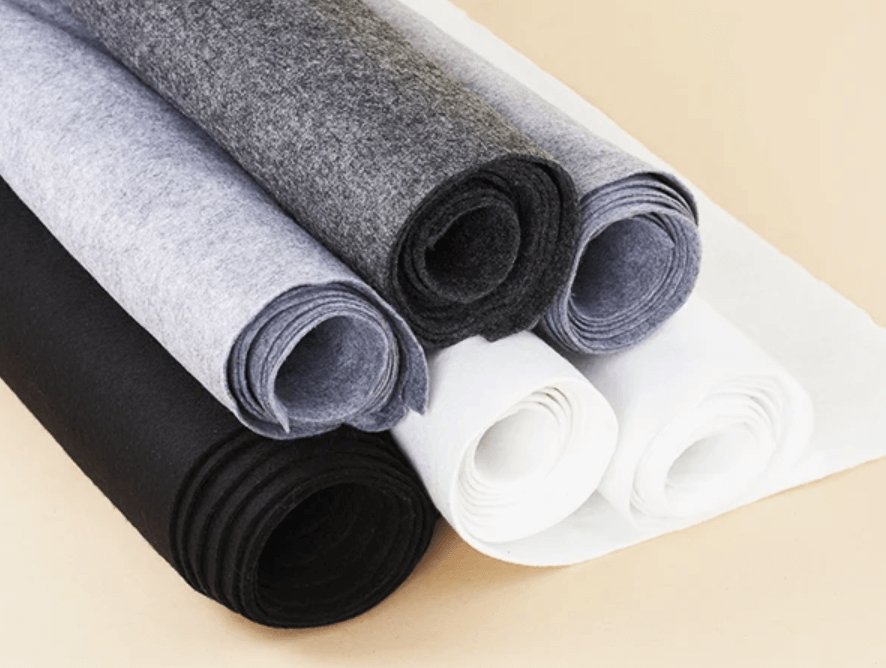
Tela Para Filtro: Essential Fabric for Modern Filtration Systems
In the age of industrial progress and environmental awareness, efficient filtration systems have become indispensable across a wide range of sectors. At the core of many of these systems lies a vital component — tela para filtro, or “cloth for filters.” Though seemingly simple, this engineered fabric plays a crucial role in separating solids from liquids or gases, helping companies maintain quality, ensure safety, and reduce environmental impact.
This article explores everything you need to know about tela para filtro, including its composition, functions, applications, and evolving technologies.
What Is Tela Para Filtro?
Tela para filtro refers to textile materials specifically manufactured to act as filtering media. These fabrics are designed to allow fluids or gases to pass through while trapping unwanted particles such as dust, sediments, or industrial residues. Unlike ordinary cloth, filter fabrics are engineered with precise porosity, tensile strength, and chemical resistance.
They can be woven or non-woven and may consist of various fibers like polyester, polypropylene, nylon, cotton, or fiberglass, depending on the intended application.
Why Tela Para Filtro Matters
Although filters are widely used in daily life—from air purifiers to coffee machines—the tela para filtro used in industrial settings must meet far more stringent requirements. It not only filters contaminants but often does so under high pressure, extreme temperatures, or chemically aggressive environments. An effective filter cloth minimizes downtime, ensures product quality, and helps meet strict regulatory standards in sectors such as food processing, pharmaceuticals, mining, and water treatment.
See also: Tunnel Radio Technology Advancements for Underground Mines
Types of Tela Para Filtro
Depending on filtration requirements tela para filtro can be categorized into several types:
1. Woven Filter Cloth
Woven filter cloths are created using traditional weaving methods and offer consistent pore sizes. They’re used in filter presses, vacuum filters, and belt filters. The weave type (plain, twill, or satin) affects the fabric’s strength and filtration precision.
2. Non-Woven Filter Fabric
This type is made by bonding fibers using heat, chemicals, or mechanical pressure rather than weaving. It has excellent filtration capabilities and is often used in single-use applications such as face masks, air filters, or fluid filtration systems.
Applications in Industry
Water and Wastewater Treatment
Municipal and industrial wastewater plants rely heavily on tela para filtro for sludge dewatering, sand filtration, and suspended solids removal.
Food and Beverage Industry
From filtering wine and fruit juice to separating whey in cheese production, tela para filtro ensures purity and hygiene. These cloths must be food-grade, non-toxic, and able to withstand frequent cleaning and sterilization processes.
Chemical Processing
Chemical resistance is a key factor here, requiring fabrics made of materials like polypropylene or PTFE.
Key Benefits
Precision Filtration
Tela para filtro is engineered with specific pore sizes and flow rates, allowing precise separation of particles without affecting throughput.
Cost-Effective
Filter cloths are reusable in many applications and can often be cleaned and reinstalled multiple times, reducing replacement costs.
High Strength
Many industrial processes involve high pressures or agitation. Tela para filtro is reinforced to resist tearing or deformation under stress.
Chemical and Thermal Resistance
In applications involving heat or corrosive substances, specially coated or polymer-based filter cloths maintain performance without degradation.
Sustainability
Efficient filtration reduces waste, lowers energy usage, and improves water and resource recovery — aligning with global environmental goals.
How to Choose the Right Tela Para Filtro
The choice of tela para filtro depends on multiple factors:
- Fluid Type: Is the application filtering air, water, chemicals, or food products?
- Particle Size: What is the minimum particle size to be filtered out?
- Operating Conditions: Consider pressure, temperature, and pH level.
- Cleaning Process: Will the cloth be cleaned manually, chemically, or with backflushing?
- Flow Rate: Determine how much liquid or gas needs to pass through in a given time frame.
Consulting with filter manufacturers or textile engineers is essential to selecting the ideal cloth for complex systems.
Maintenance and Care
Regular inspection, cleaning, and correct installation are crucial for the longevity and effectiveness of tela para filtro. Maintenance practices may include:
- Chemical Soaking: Using acids or alkalis to dissolve stubborn residues.
- Mechanical Cleaning: Using brushes or air jets to dislodge cake build-up.
Properly maintained filter cloths not only last longer but also maintain consistent filtration quality.
Innovation and the Future of Tela Para Filtro
With the rise of automation and environmental awareness, innovation in tela para filtro is accelerating:
- Smart Fabrics: Embedded sensors monitor pressure and flow, signaling when cleaning or replacement is needed.
- Biodegradable Materials: Eco-friendly versions are emerging for temporary or disposable filtration needs.
- Advanced Coatings: Hydrophobic or oleophobic coatings improve resistance to fouling and reduce cleaning frequency.
Researchers are also exploring the integration of nanofibers and membrane technologies into filter cloths, aiming to combine the flexibility of textiles with the precision of ultrafiltration.
Conclusion
Tela para filtro is more than just a fabric—it’s a highly specialized tool that supports vital processes across industries. Whether filtering wastewater, purifying food, or refining chemicals, it plays a silent but essential role in ensuring efficiency, safety, and sustainability.
As filtration demands grow more complex and regulatory standards more stringent, tela para filtro continues to adapt. With ongoing innovations in textile engineering and material science, the humble filter cloth is set to remain a key player in tomorrow’s cleaner, more efficient world.




